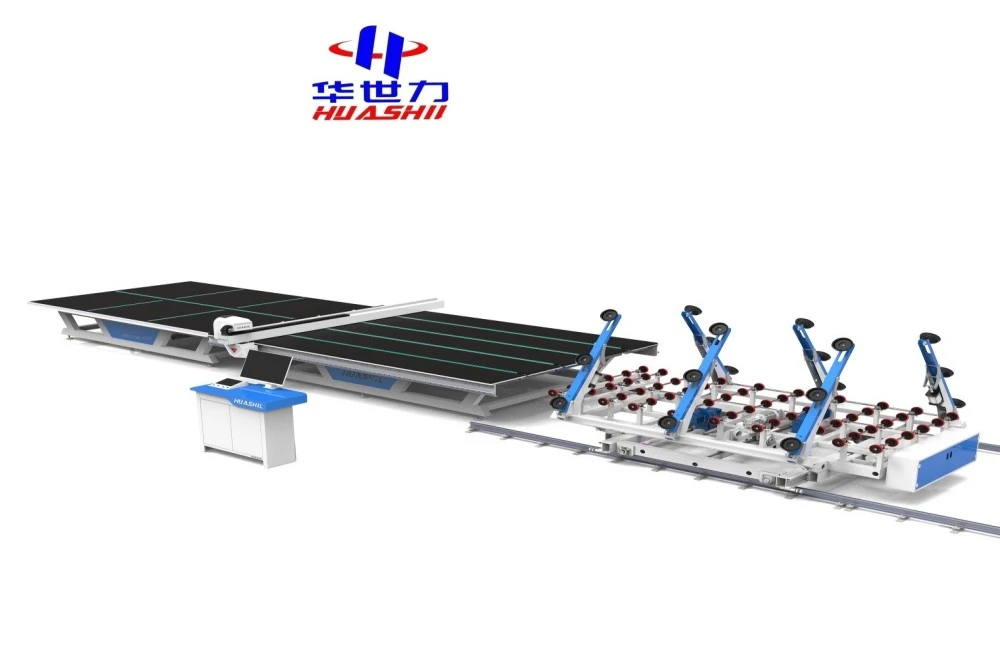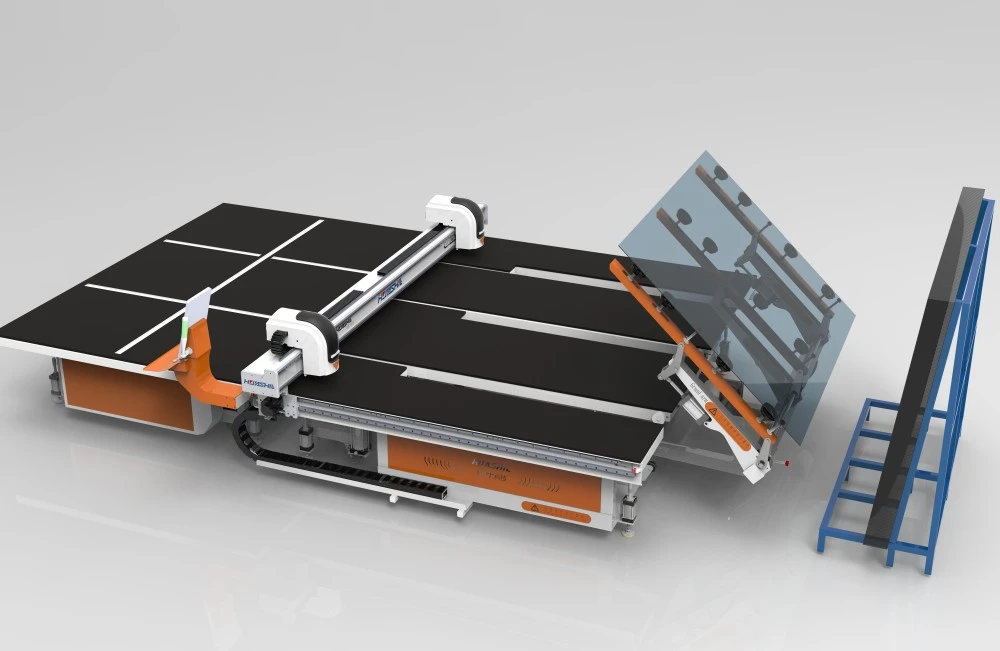In the world of glass manufacturing and processing, energy efficiency has become a paramount concern. As industries strive to reduce their carbon footprint and operational costs, the focus on energy-efficient machinery has intensified. Automatic glass cutting machines are no exception to this trend. These sophisticated devices play a crucial role in various sectors, from architectural glass production to automotive manufacturing. Let's delve into the energy efficiency aspects of these cutting-edge machines and explore how they're revolutionizing the glass industry.
Power consumption of different cutting methods
When it comes to glass cutting, various methods exist, each with its own energy profile. Traditional manual cutting techniques, while still used in some small-scale operations, are generally less efficient and more time-consuming compared to automated systems. However, even among automatic cutters, power consumption can vary significantly based on the technology employed.
Laser cutting, for instance, is known for its precision but can be energy-intensive due to the high power requirements of laser generators. On the other hand, water jet cutting, while versatile, consumes substantial energy in pressurizing water to extreme levels. Automatic glass cutting machines that use scoring wheels or blades typically have lower power demands, making them a more energy-efficient choice for many applications.

The energy efficiency of cutting methods also depends on factors such as glass thickness, complexity of cuts, and production volume. For high-volume operations, the initial energy investment in setting up an automated system is often offset by long-term savings in power consumption and increased productivity.
Energy-saving modes in modern machines
Contemporary glass cutting equipment is engineered with energy conservation in mind. Many modern machines come equipped with sophisticated energy management systems that optimize power usage without compromising on performance. These systems incorporate various energy-saving modes that significantly reduce electricity consumption during non-operational periods.
One common feature is the auto-sleep mode, which automatically powers down non-essential components when the machine is idle for a set period. This can include turning off vacuum pumps, cooling systems, and display screens. Some advanced models even use predictive algorithms to anticipate upcoming idle times and proactively enter energy-saving states.
Another innovative approach is the use of regenerative braking systems in Automatic glass cutting machines. These systems recapture energy during deceleration phases and feed it back into the machine's power supply, reducing overall energy demand.
Additionally, LED lighting and high-efficiency motors are becoming standard in newer models, further enhancing energy efficiency. Some manufacturers are also exploring the integration of renewable energy sources, such as solar panels, to power auxiliary systems in their glass cutting machinery.
Comparing hydraulic vs electric drive systems
The choice between hydraulic and electric drive systems in automatic glass cutters has significant implications for energy efficiency. Traditionally, hydraulic systems were favored for their ability to generate high forces necessary for cutting thick glass. However, these systems are inherently less efficient due to energy losses in fluid compression and heat generation.
Electric drive systems, particularly those utilizing servo motors, have gained popularity in recent years. These systems offer several advantages in terms of energy efficiency:
- Direct power transmission with minimal energy loss
- Precise control and positioning, reducing waste from inaccurate cuts
- Lower heat generation, reducing cooling requirements
- Ability to recover and reuse energy during deceleration

Modern electric drives in automatic glass cutting machines can achieve energy savings of up to 30% compared to their hydraulic counterparts. This efficiency gain is particularly notable in operations with frequent start-stop cycles or those requiring rapid position changes.
However, it's worth noting that hydraulic systems still have their place, especially in applications requiring extremely high forces or in environments where electric systems might be problematic due to electromagnetic interference or explosion risks.
The evolution of drive systems in glass cutting machinery exemplifies the industry's commitment to energy efficiency. As technology advances, we can expect to see even more innovative solutions that further reduce energy consumption while maintaining or improving cutting performance.
Conclusion
Energy efficiency in automatic glass cutters is not just a trend but a necessity in today's environmentally conscious and cost-sensitive manufacturing landscape. From power-optimized cutting methods to intelligent energy management systems and efficient drive technologies, the glass cutting industry is making significant strides in reducing its energy footprint.
For businesses looking to upgrade their glass cutting capabilities while prioritizing energy efficiency, Shandong Huashil Automation Technology Co., LTD offers cutting-edge solutions that combine precision, productivity, and power savings. Our years of experience in automated R&D and manufacturing have resulted in machines that not only meet but exceed industry standards for energy efficiency.
Ready to revolutionize your glass cutting operations with energy-efficient technology? Contact our team of experts today at salescathy@sdhuashil.com to discover how our advanced automatic glass cutting machines can benefit your business. Let's work together towards a more sustainable and profitable future in glass manufacturing!
References
1. Johnson, M. (2022). "Advancements in Energy-Efficient Glass Cutting Technologies". Journal of Industrial Automation, 45(3), 78-92.
2. Zhang, L., et al. (2023). "Comparative Analysis of Power Consumption in Automatic Glass Cutting Methods". Energy Efficiency in Manufacturing, 18(2), 205-219.
3. Patel, R. K. (2021). "The Role of Electric Drive Systems in Improving Glass Cutting Efficiency". International Journal of Sustainable Manufacturing, 9(4), 312-328.
4. Smith, A., & Brown, T. (2023). "Energy Management Strategies for Modern Glass Processing Equipment". Sustainable Industrial Processes, 27(1), 45-61.



